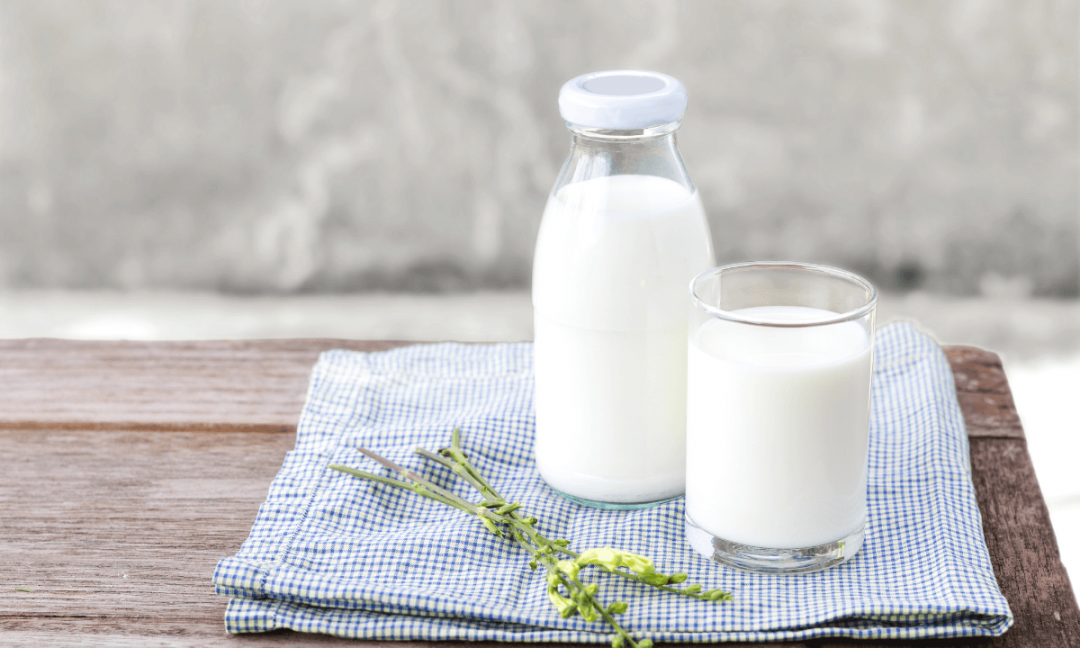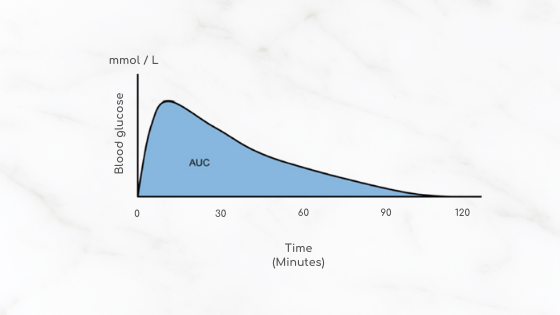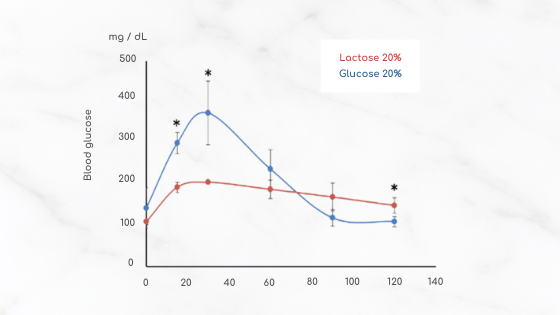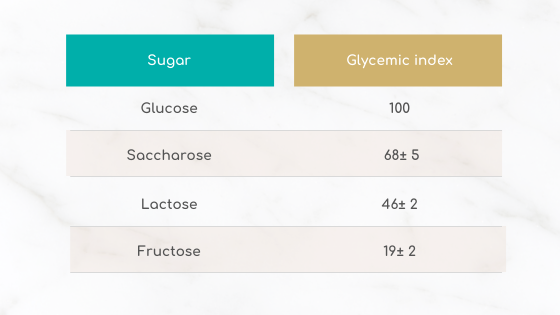
Lactose – the ideal sugar?
Lactose: the main component of milk
According to a survey by Euromonitor in 2020, consumers who previously concentrated on the fat content and now focussing more and more on sugar. Nowadays, consumers don’t consider sugar to be compatible with health and well-being7, even if these sugars represent a vast group of varied molecules.
On food labelling, sugars correspond to monossacharides and dissacharides such as saccharose, fructose or lactose, the natural sugar found in milk. It is a dissacharide made up of a glucose molecule linked to a galactose molecule. In order to be digested by the body, lactose is hydrolysed (broken down) into glucose and galactose in the small intestine thanks to an enzyme in the intestine called lactase.
Lactose is the largest component of milk after water5. It can be found in varying concentrations in all mammal milk. Mother’s milk contains 7% of lactose3 for example whereas cow’s milk contains 4.8%5. This shows that it is an important nutrient for mammals from birth!
Lactose is the largest component of milk after water.
Lactose has many advantages that, unfortunately, the general public are not aware of. These include its low cariogenic value, its prebiotic effect, and its low glycemic index9.
What is the glycemic index?
The glycemic index is a value that compares the capacity of carbohydrates to increase the glucose content in the blood, i.e., the blood sugar level. Depending on the type of carbohydrate ingested (simple or complex, in other words, short-chain or long-chain, branched or unbranched, the complexity of the molecular structure, etc.), the blood glucose level will rise more or less quickly. Blood glucose is determined by measuring the blood glucose level within 2 hours of ingesting a portion containing 50 g of carbohydrate of the food tested1.
The glycemic index is a value that compares the capacity of carbohydrates to increase the glucose content in the blood.

Figure 1: Using the area under the curve to define the glycemic index
The resulting area under the curve represents the glycemic index (Figure 1). It is expressed in reference to a glycemic index of 100, which is the glycemic index of glucose.1
Foods were classed in three categories 2,6 :
- Low glycemic index: GI ≤ 55
- Medium glycemic index: 55< IG≤ 70
- High glycemic index: 70 < IG
Lactose: a low glycemic index sugar!
A recent in vivo study4 (Figure 2), showed that for the same glucose or lactose load, blood sugar levels were significantly lower in subjects who consumed lactose compared to glucose. Lactose produces a lower blood sugar spike than glucose, which could lead to a lower insulin response: the body doesn’t need to produce as much insulin, the blood sugar regulating hormone.
Lactose produces a lower blood sugar spike than glucose, which could lead to a lower insulin response.

Figure 2: Changes in blood sugar levels depending on the sugar consumed: Lactose or glucose
As mentioned above, during digestion, lactase in the small intestine hydrolyses lactose into two monossacharides: glucose and galactose. The galactose is then converted into glucose in the liver. This additional step of converting galactose into glucose slows the release of glucose into the bloodstream and makes it more gradual. This helps explain the low glycemic index of lactose.
Non-exhaustive table of the glycemic index of sugars8

The table above lists the glycemic indexes of the best-known sugars: lactose has a glycemic index of 468, it therefore has a low glycemic index.
As part of a balanced, varied diet, lactose can help to lower the glycemic index of a food and potentially release its energy gradually without causing a spike in blood sugar.
These characteristics, which are not yet well known, could contribute to making lactose different from other sugars.
Sources:
[1] R. Ancellin, C. Saul, C. Thomann, et M. Coipel. Glucides et santé: Etat des lieux, évaluation et recommandations, 2004, 167.
https://www.anses.fr/fr/system/files/NUT-Ra-Glucides.pdf
[2] L.S.A. Augustin, C. W. C. Kendall, D. J. A. Jenkins, W. C. Willett, A. Astrup, A. W. Barclay, I. Björck, et al. Glycemic Index, Glycemic Load and Glycemic Response: An International Scientific Consensus Summit from the International Carbohydrate Quality Consortium (ICQC). Nutrition, Metabolism, and Cardiovascular Diseases: NMCD 25, No. 9 (September 2015): 795‑815.
https://doi.org/10.1016/j.numecd.2015.05.005.
[3] O. Ballard, A. Morrow. Human Milk Composition: Nutrients and Bioactive Factors . Pediatric Clinics of North America 60, No.1, 2013, Pages 49‑74
https://doi.org/10.1016/j.pcl.2012.10.002
[4] B. Choque, A. Ligneul. Évaluation d’un index glycémique-like du lactose chez un modèle murin. JFN 2020. P059.
[5] Ciqual: Table de composition nutritionnelle des aliments.
https://ciqual.anses.fr/#/aliments/19024/lait-entier-pasteurise.
[6] ISO 26642:2010(fr), Produits alimentaires — Détermination de l’index glycémique (IG) et recommandations relatives à la classification des aliments. https://www.iso.org/obp/ui/#iso:std:iso:26642:ed-1:v1:fr.
[7] M. Mascaraque. Sugar and Sweeteners: Consumer Priorities Triggering Change. 2021.
https://www.euromonitor.com/article/sugar-and-sweeteners-consumer-priorities-triggering-change
[8] K.Foster-Powell, Susanna HA Holt, Janette C Brand-Miller, International table of glycemic index and glycemic load values: 2002, The American Journal of Clinical Nutrition, Volume 76, Issue 1, July 2002, Pages 5–56, https://doi.org/10.1093/ajcn/76.1.5
[9] E. Romero-Velarde, Enrique, D. Delgado-Franco, M. García-Gutiérrez, C. Gurrola-Díaz, A.Larrosa-Haro, E. Montijo-Barrios, F. A. J. Muskiet, B. Vargas-Guerrero, et Jan Geurts. The Importance of Lactose in the Human Diet: Outcomes of a Mexican Consensus Meeting. Nutrients 11, No. 11, 2019: Page 2737 https://doi.org/10.3390/nu11112737















